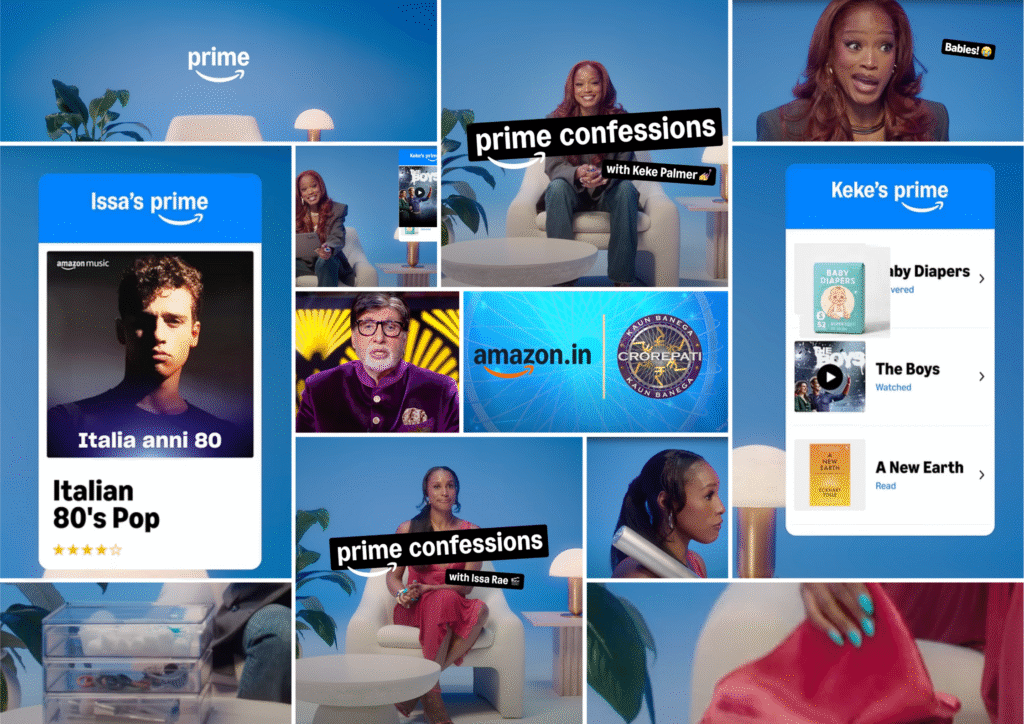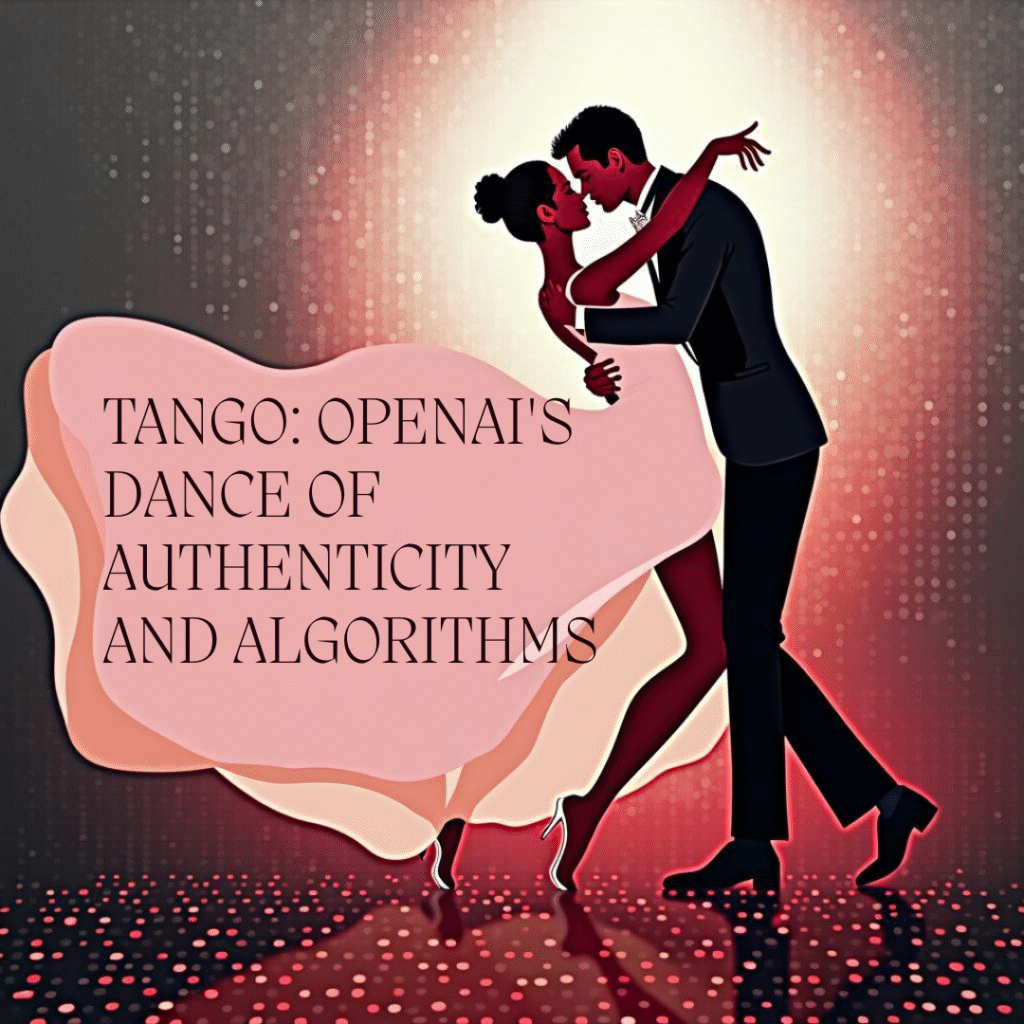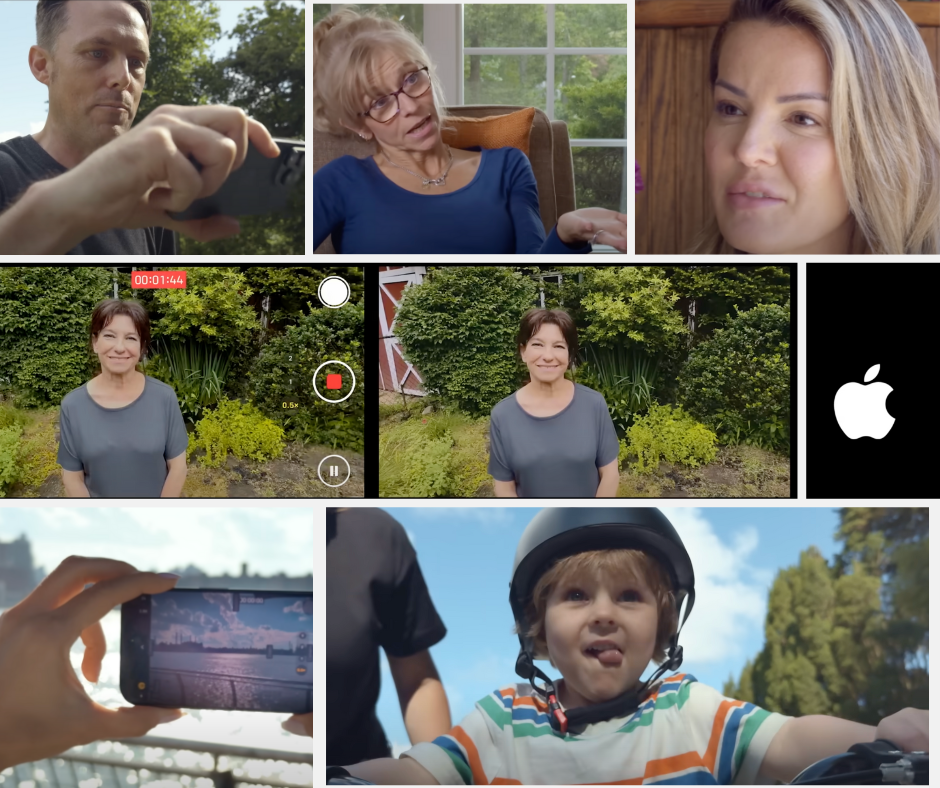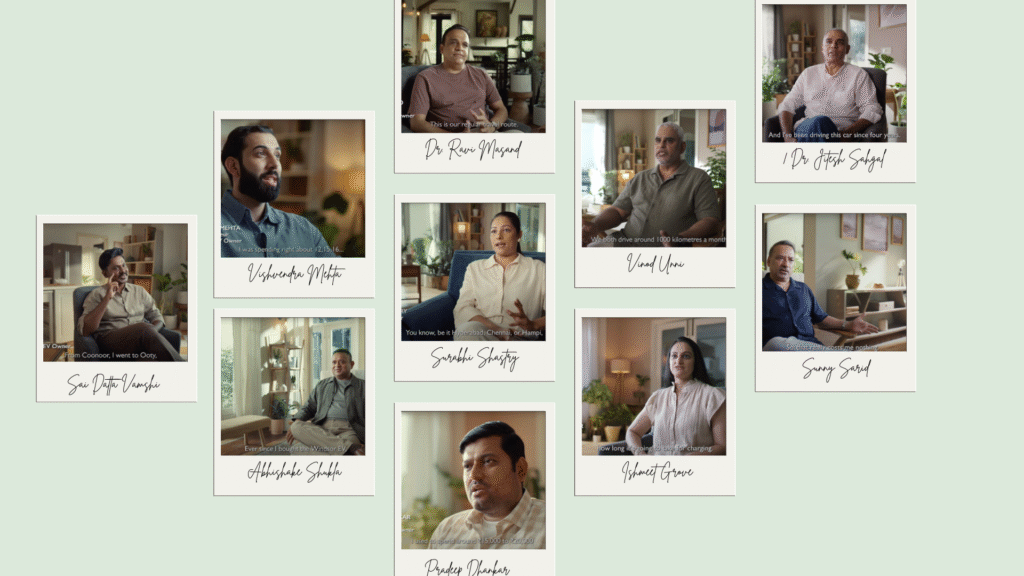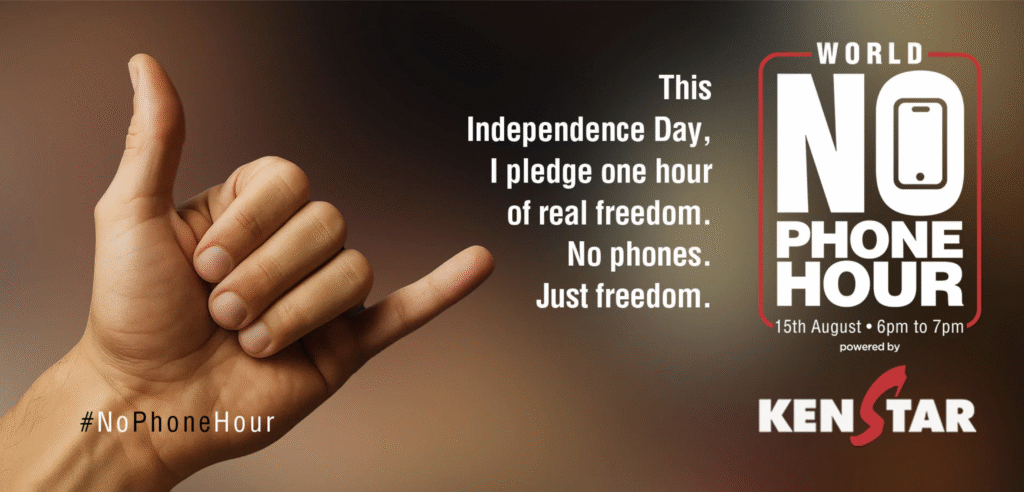Google Is Terrified, and Its Ad Spree Proves It
Google’s advertising deluge in December 2025 reveals an existential crisis. The company that built its empire on product simplicity is now carpet-bombing the internet with campaigns for Stranger Things, Gemini 3, and its own search engine. This isn’t confidence—it’s panic. ChatGPT commands 80% of AI search, Google’s market share has slipped below 90%, and branded search CPCs have surged 34% whilst click-through rates dropped 29%. For marketers, this signals the end of Google Ads as a growth channel and the beginning of Google Ads as a defensive tax. This analysis explores why Google’s advertising blitz exposes platform vulnerability, what rising CPC costs mean for your budget, and how marketers should respond by diversifying spend, auditing inflation, and building direct audience relationships. The free lunch is over. Adapt or be taxed out of existence.
Google Is Terrified, and Its Ad Spree Proves It Read More »




